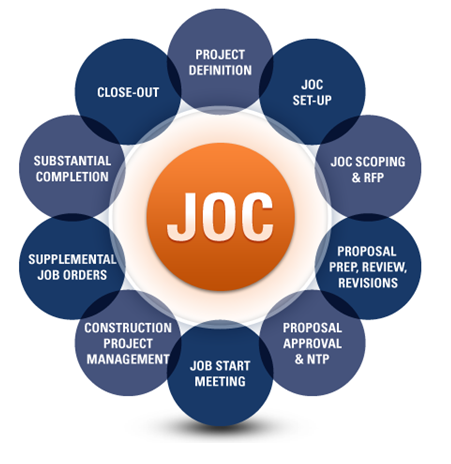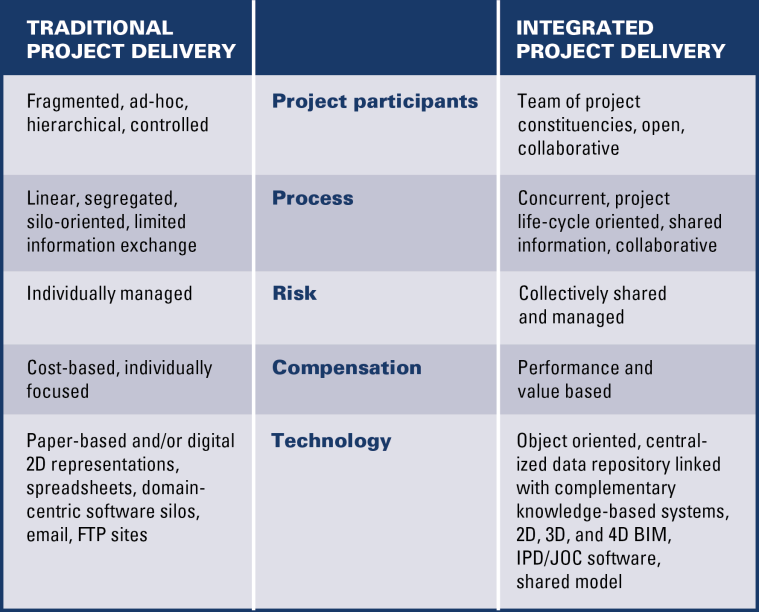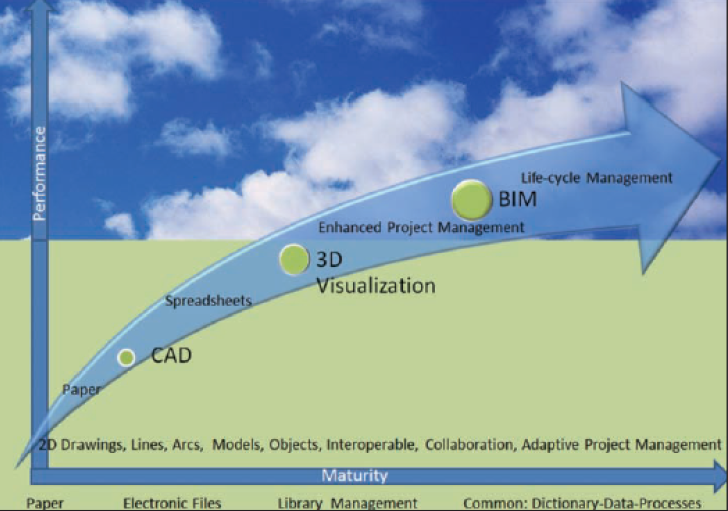Critical components of CONSTRUCTION PROJECT success include communication, collaboration, a defined mutually agreed upon operating relationship and an associated fully defined project scope of work… all of which are largely determined by the construction delivery method.
A thorough understanding and visualization of a project among Owners, Architects and Engineers, Contractors, and other shareholders defines scope, specifications, and is is the project delivery method that set the overall tone of interrelations ships among the project participants and shapes final outcomes. Field specific variables, such as weather, on-going operations, soils conditions, security, safety, site lay-out, environment protections and other contexts must be considered as well as the means and methods of work execution. These and other variables impact the overall cost, timing, and ultimate success of the project.
Collaboration among all shareholders on the front end, and then throughout the project is the means by which multiple knowledge domains associated with a construction project are brought together to allow for visualizing the building the project prior to construction. For example, estimating a job requires knowledge about about the impact that AE, context, and execution scope have on each unit, assembly, and system level cost.
Construction management is a process! Several exiting as well as newer, disruptive technologies are now enabling the cost-effective development, implementation, and monitoring of collaborative efficient construction management processes in lieu or traditional ad hoc procedures. The later being largely responsible for the decades long declined in productivity within the construction sector throughout America.
While 0ur AECOO (architecture, engineering, construction, operations, owner) sector is resistant to change and relatively adverse to technology, the convergence of worldwide market drivers and the disruptive technologies that will change the very way we do business. However, the issues of (check one, or more) global climate change, dwindling non-renewal energy supplies, and/or the altered economic landscape, are forcing greater efficiencies. And, of course, buildings are a major consumer of petrochemical products… high energy users, and a primary source of green house gas and other emissions. These drivers to reduce environmental impacts as well as improve productivity will force relatively dramatic change.
Relative to technology…. technology’s role in one of supporting processes relative to faster implementation/deployment, and consistent/scalable use. That said, cloud computing not only accomplishes the above more efficiently, but adds previously unattainable levels of collaboration and transparency. A “FACEBOOK for Facilities Construction and Life-cycle Operations” is on the horizon. Just think of the impacts that FACEBOOK and other social media had upon Egypt recently, and the power of cloud computing begins clearer. The next aspect is of course BIM. Once we get beyond the distraction of 3D visualization, BIM, combined with, deployed by, and practiced via cloud computing BIM will become a game changer. BIM definition, from NIBS, and I paraphrase, is the life-cycle management of facilities supported by digital technology. A glimpse of a strategic BIM framework (BIMF) from a process perspective is shown below. The integration of these activities, associated competencies, business processes, and supporting technologies via cloud computing is the foundation of BIM.
Central to the discussion of AEC process change within the scope of this discussion also include:
Job order contracting, known and implemented as SABER in the Air Force, one example of IPD, or integrated project delivery developed over twenty years ago within the DOD sector. It has only recently begun to be adopted and deployed in other sectors in an accelerated manor, including non-DOD federal government, state/county/&local governments, higher educations and large k-12 school districts, hospitals and clinics, as well as airports and transportation authorities.
As an example of productivity improvements afforded by JOC. What typically took over a year to accomplish in months or even weeks. Furthermore quality is improve, change orders are reduced, and lawsuits are virtually eliminated. A comparison of IPD/JOC and tradition delivery methods is shown below.
Thus, in summary, below is road map of where we have been, and where we are going.






